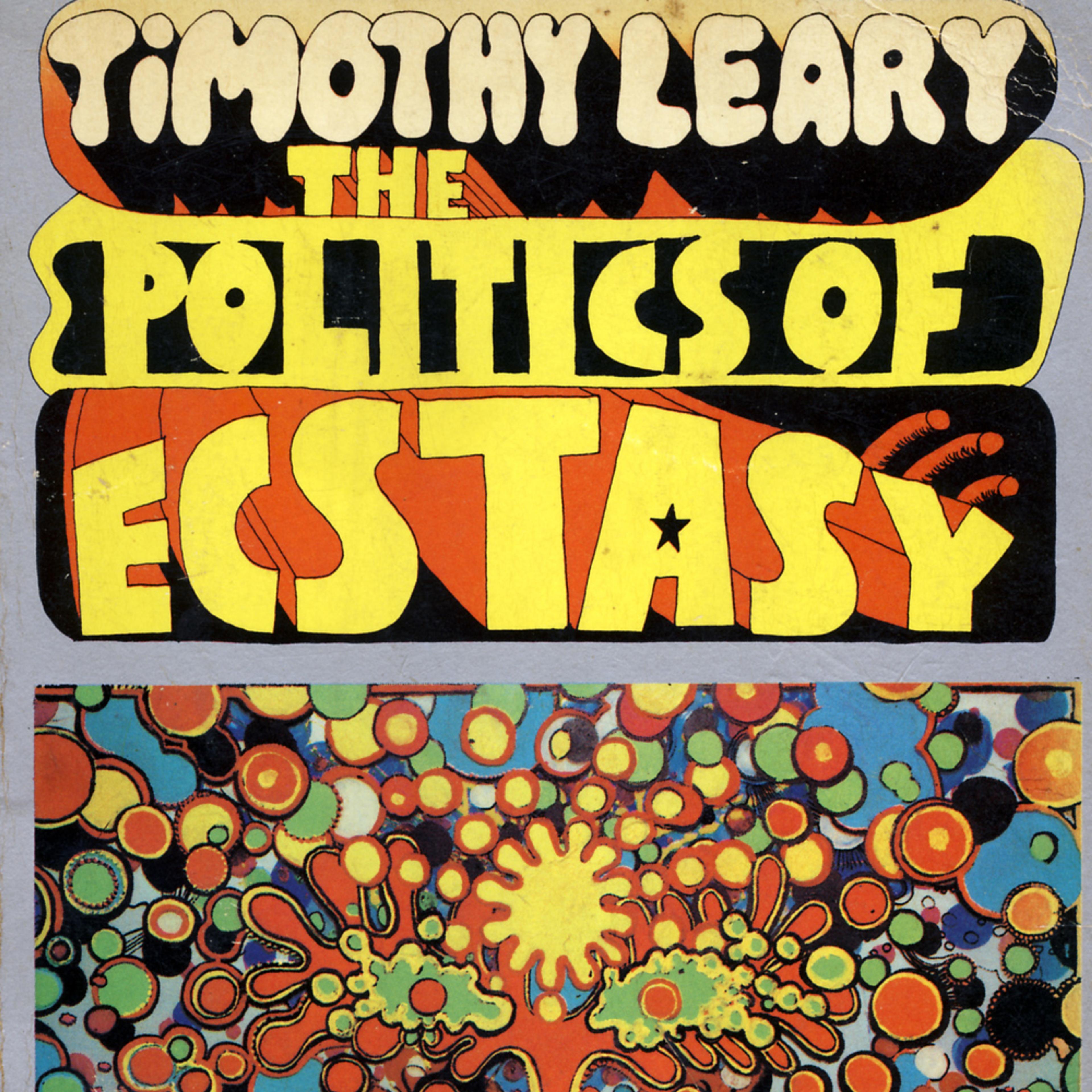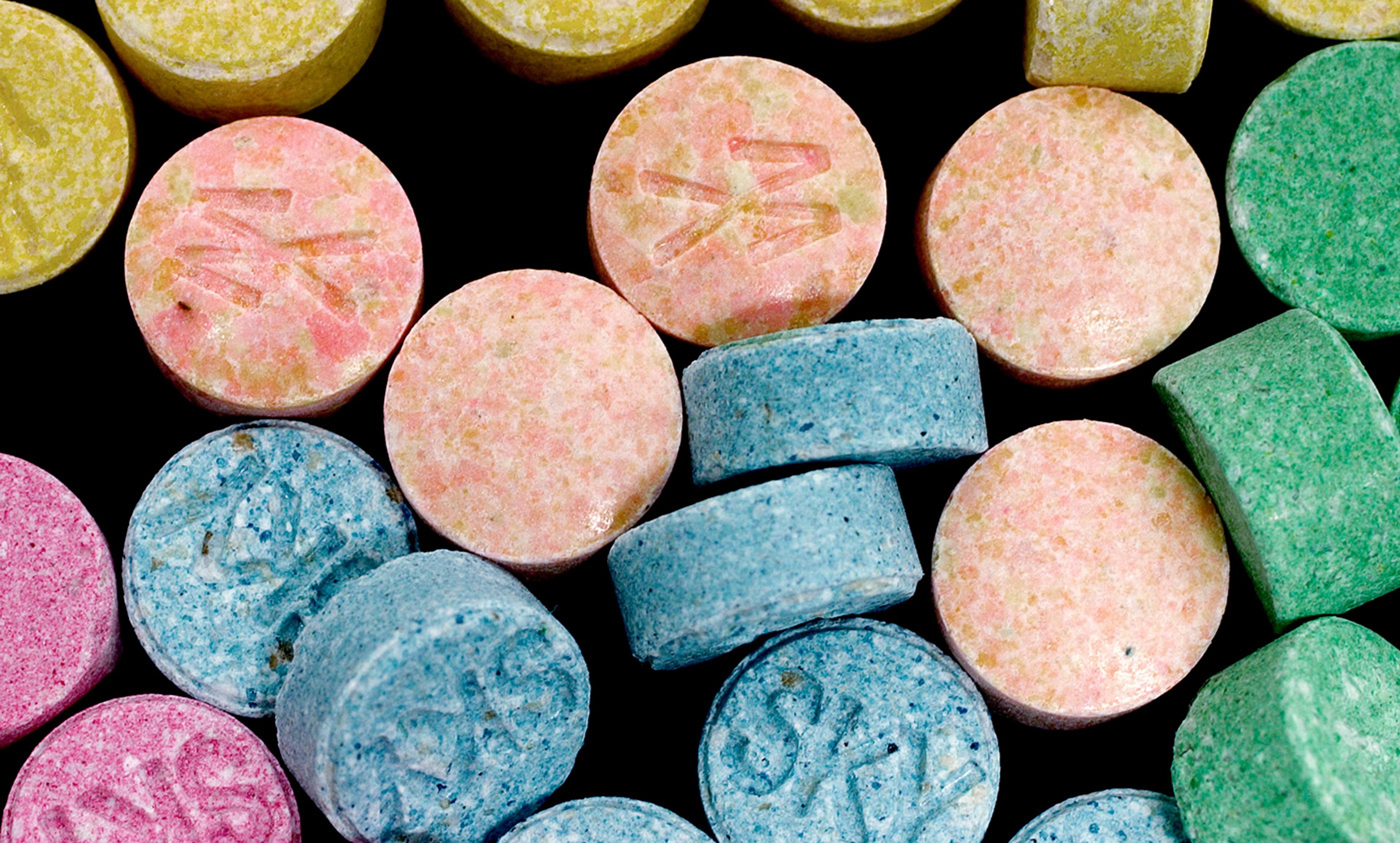Alexander Mueller/Flickr
When most people think of LSD (lysergic acid diethylamide) the image that comes to mind is hallucinating hippies at Woodstock, but the drug’s original use was psychotherapeutic. As early as the 1960s, researchers showed that LSD reduces depression, anxiety and pain in patients with advanced cancer, and recent years have seen a resurgence of interest in the drug’s beneficial effects. In 2014, Swiss psychiatrist Peter Gasser published the results of a study showing that LSD could alleviate the symptoms of severe anxiety disorder. And a 2016 study from Imperial College London showed that LSD could increase levels of optimism and openness for extended periods of time.
The LSD story goes back to Albert Hofmann, a Swiss chemist who first synthesised the compound in 1938. Hofmann accidentally discovered its hallucinogenic effects after ingesting 250 μg (a very large dose!) before his evening commute home. Being the good scientist that he was, he recorded a detailed account of his experience in his notebook. His initial, paranoia-filled reaction was followed the next day by a blissful experience, in which ‘everything glistened, and sparkled in a fresh light’.
It was this final, uplifting insight that the researchers at Imperial set out to re-explore in rigorous fashion, starting with 20 participants recruited by word-of-mouth. These subjects were all over the age of 21, had no history of psychiatric illness, and reported at least one previous experience with a hallucinogen like magic mushrooms or LSD – the last requirement implemented to minimise adverse responses to the drug. Each subject visited the testing centre twice: once to receive LSD (75 μg lower than the dose taken by recreational users) and once to receive a placebo, though the order in which these individuals received the LSD was random.
Much like Hofmann himself, test subjects reported feeling the effect of the LSD as quickly as ten minutes after the infusion, with the experience lasting for nearly eight hours in all. Several hours into the dosing, they were asked to answer a series of questions regarding their psychological wellbeing. Participants remained in the research centre for the remainder of the day with a psychiatrist present until they were functioning normally. In order to determine longer-term effects, they filled out the same questionnaires two weeks later.
Shortly after taking the drug, participants who received LSD reported an increase in psychosis-like symptoms, including visual hallucinations, spiritual experiences and paranoia. It was an outcome the researchers had expected. But interestingly, those given LSD were more likely to feel positive, and even ‘blissful’ emotions, as opposed to the negative and ‘anxious’ feelings sometimes associated with psychedelic drugs. What was even more striking was that two weeks after taking LSD, these individuals reported increased optimism and openness, making them more creative and curious, as compared with those who received the placebo.
How can a drug that creates a temporary psychosis lead to such pronounced long-term optimism? This is a mostly unanswered question, but researchers think it has something to do with the serotonin 2A receptor (5-HT2AR). This receptor is expressed all over the brain, particularly in regions associated with cognitive functions and social interactions. Stimulation of this receptor has been directly linked to cognitive flexibility, enhanced imagination and creative thinking. Disorders associated with variants of the 5-HT2AR include schizophrenia, depression, obsessive-compulsive disorder and attention deficit hyperactivity disorder – in other words, a panoply of psychiatric illness. It turns out that LSD functions by binding to and stimulating 5-HT2AR in the cerebral cortex, which is thought to regulate an enzyme called phospholipase C, and eventually leads to psychoactive effects. In fact, blockage of this receptor has been linked to a remediation of the hallucinatory effects of LSD in rats.
The precise biology behind LSD’s transformational potential remains a mystery. But researchers at Imperial suggest that once LSD binds to the receptor, it’s possible that the initial ‘blast’ of stimulation results in more intense, acute psychotic-like symptoms, whereas the longer-term effects produce a ‘loosening’ of network dynamics, and a general increase in optimism and wellbeing.
No one is suggesting that you illegally consume LSD to increase long-term optimism, but the study raises important questions. Could LSD one day be used to treat maladies such as major depressive disorder? Would the short-term psychological discomfort of giving an individual therapeutic LSD be worth the potential long-term benefits? Would the positive effects of LSD persist longer than two weeks? What is the physiological cascade that begins with LSD binding to 5-HT2AR activation and ends with psychological effects such as increased optimism? Is there a way to synthesise a compound that would take advantage of the beneficial aspects of LSD, while minimising the negative effects? There’s only one way to find out – more scientific experiments!






